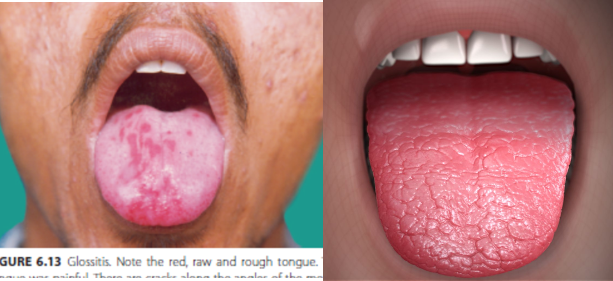Examination: General inspection Look at the patient
Position
Is the patient well or unwell, comfortable or in pain, moving easily or lying motionless? e.g. peritonitis? Writhing in agony, e.g. ureteric or biliary colic?
Pulse, temperature, respiration
Is the patient flushed, suggesting pyrexia? Pulse and temperature are raised in inflammatory conditions, with bowel infarction. An increased respiratory rate : pneumonia referring pain to the abdomen.
Examine the abdomen
- Ensure patient is warm, comfortable and there is sufficient exposure
- of the abdomen. The patient should be lying flat with the head supported.
- Relax the patient. Inspect the abdomen
- Is it distended, asymmetrical, are there masses, scars, visible peristalsis,
- stoma?
- Ask the patient to cough, take a deep breath and look carefully.

Questions
- Is the patient thin or obese?
- Is there pallor, jaundice or lymphadenopathy?
- Look for systemic features of illness (fever, tachycardia, hypotension,
- postural hypotension, tachypnoea, dehydration and
- hypovolaemia).
- Look for signs of chronic liver disease (spider naevi, gynaecomastia, bruising, parotid hypertrophy, palmar erythema, leuconychia,
- Dupuytren’s contracture, excoriations and a metabolic flap
- [asterixis]).
- Cervical lymphadenopathy
- Associated with mesenteric adenitis.

Hand Examination
Eye Examination

Mouth Examination
Examine the mouth and tongue
- Angular stomatitis,
- Aphthous ulcers,
- Telangiectasia
Causes of mouth ulcers
- Aphthous
- Crohn’s disease
- Infective: Bacterial, syphilis, viral: herpes simplex Fungal: candidiasis
- Neoplastic: squamous cell carcinoma
- Skin disease-associated: lichen planus
- Connective tissue disease: SLE
- Other: Behçet’s syndrome, Reiter’s disease

Tongue
Causes of dryness of the tongue
- Mouth breathers
- Dehydration
- Vitamin A deficiency (xerosis)
- Anticholinergics
- Sjögren’s syndrome (Sicca syndrome)
